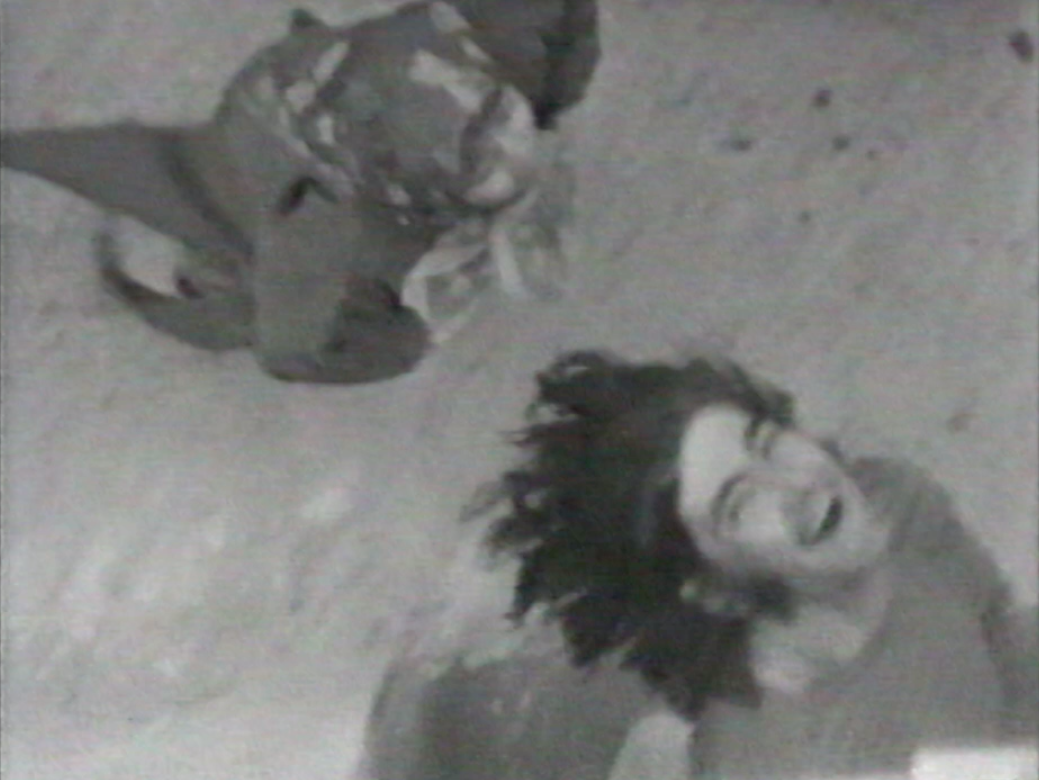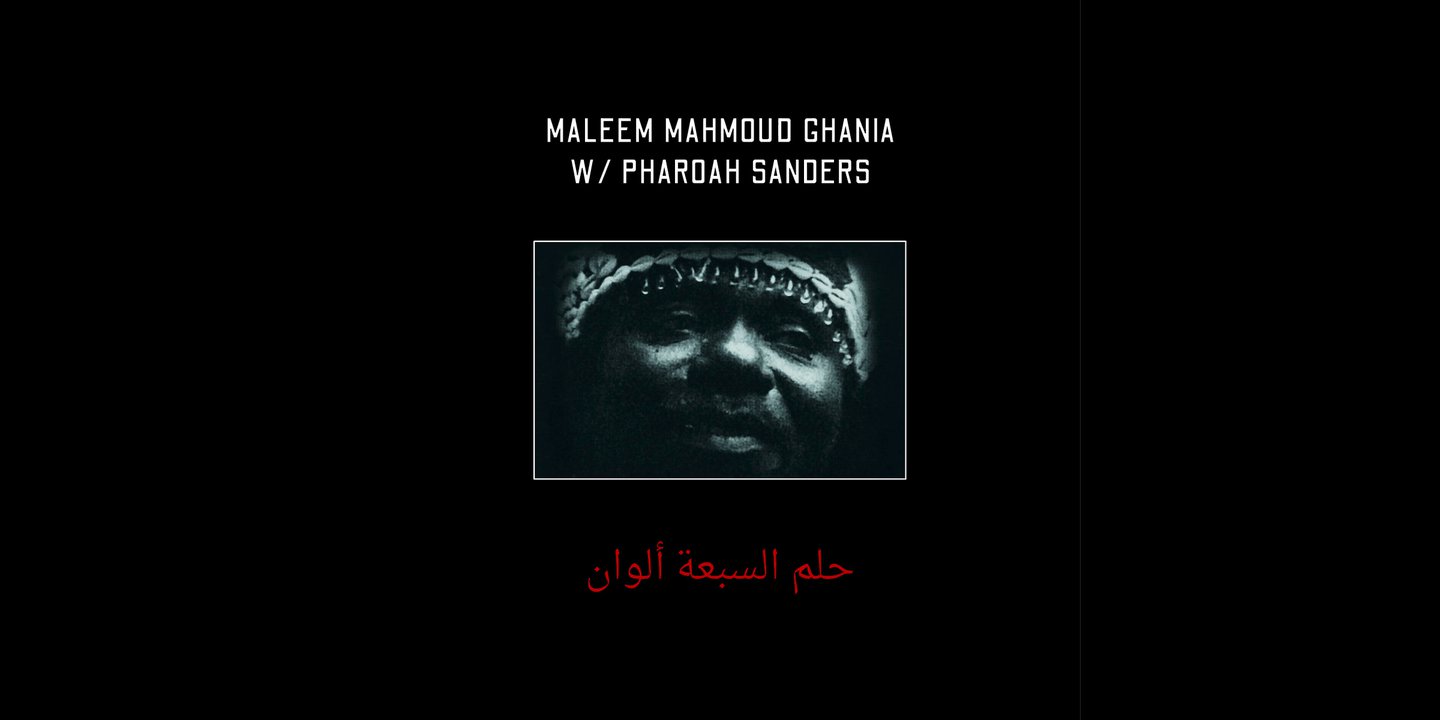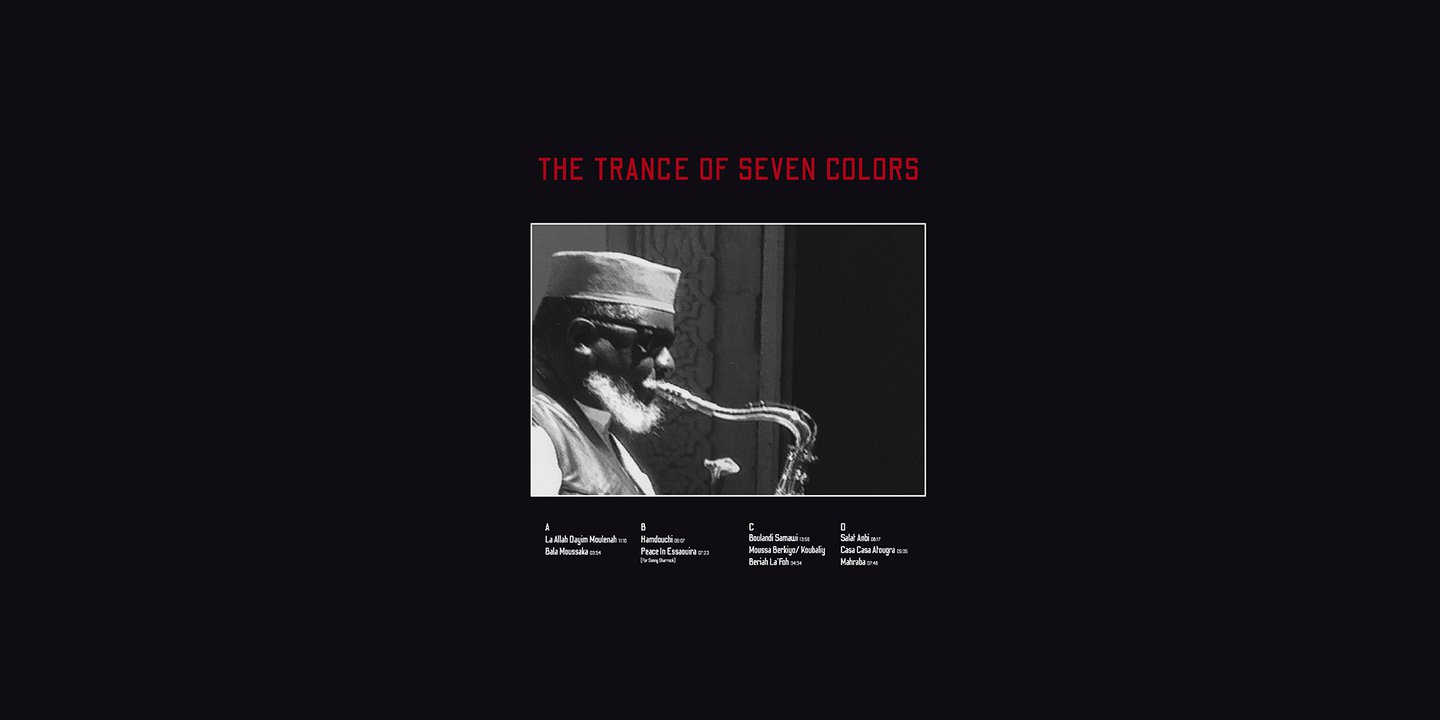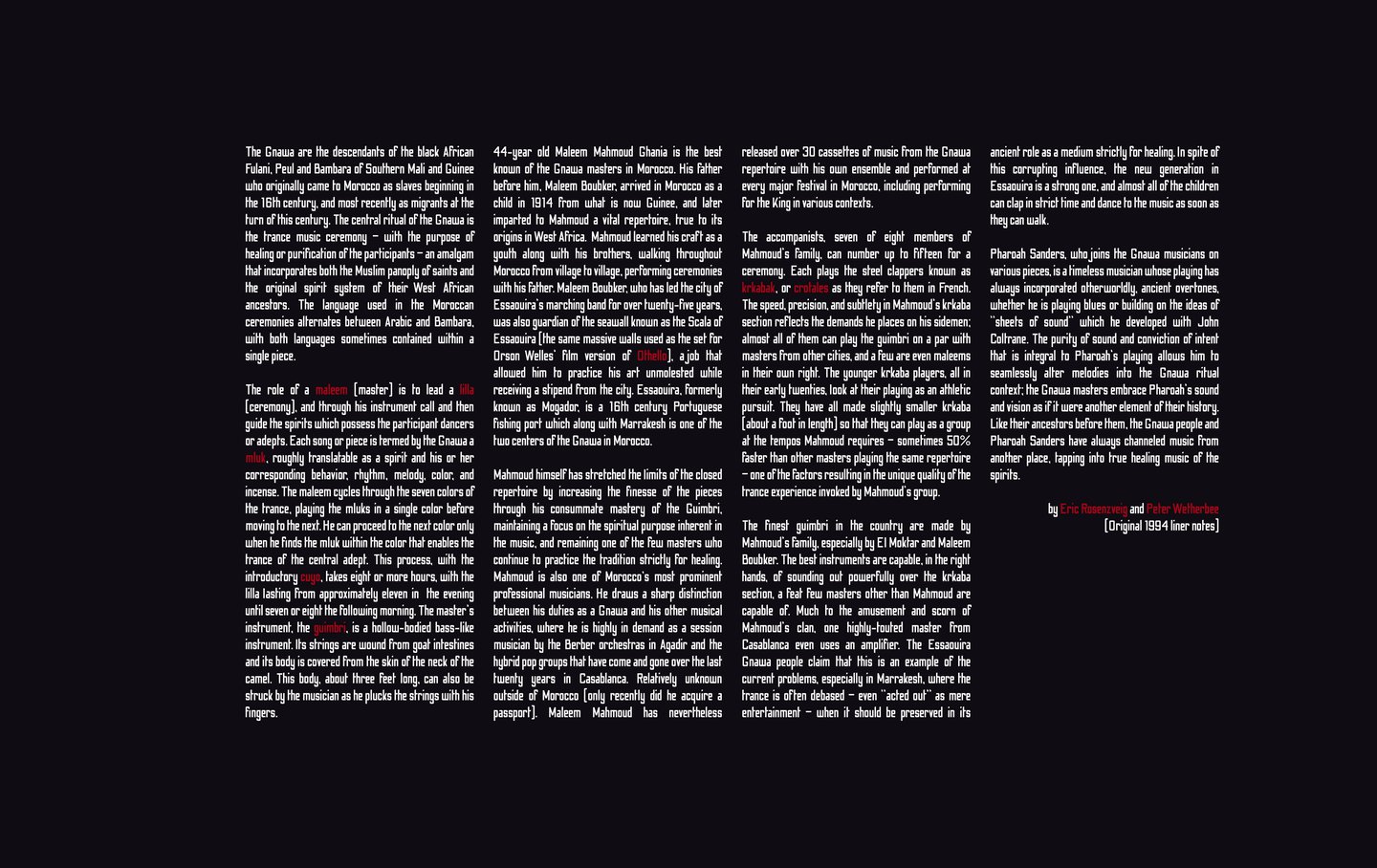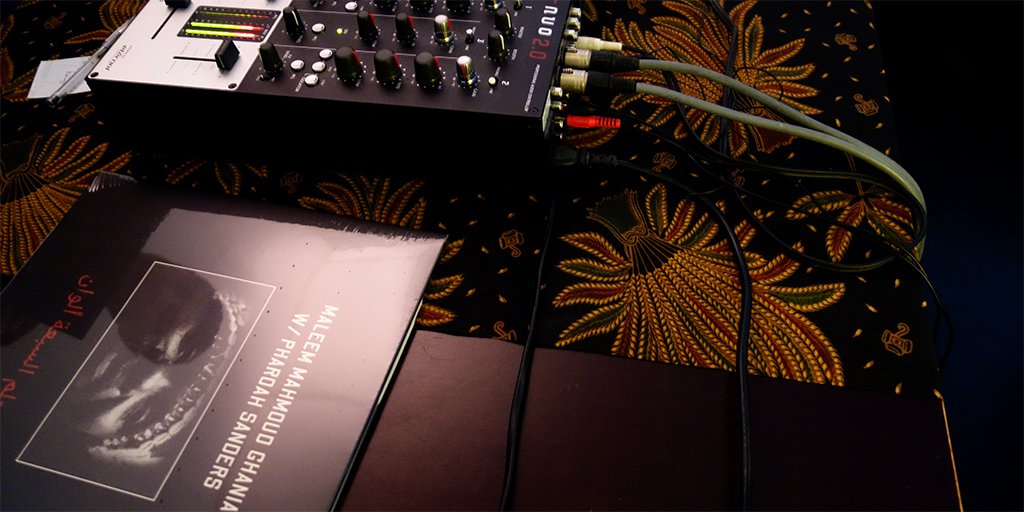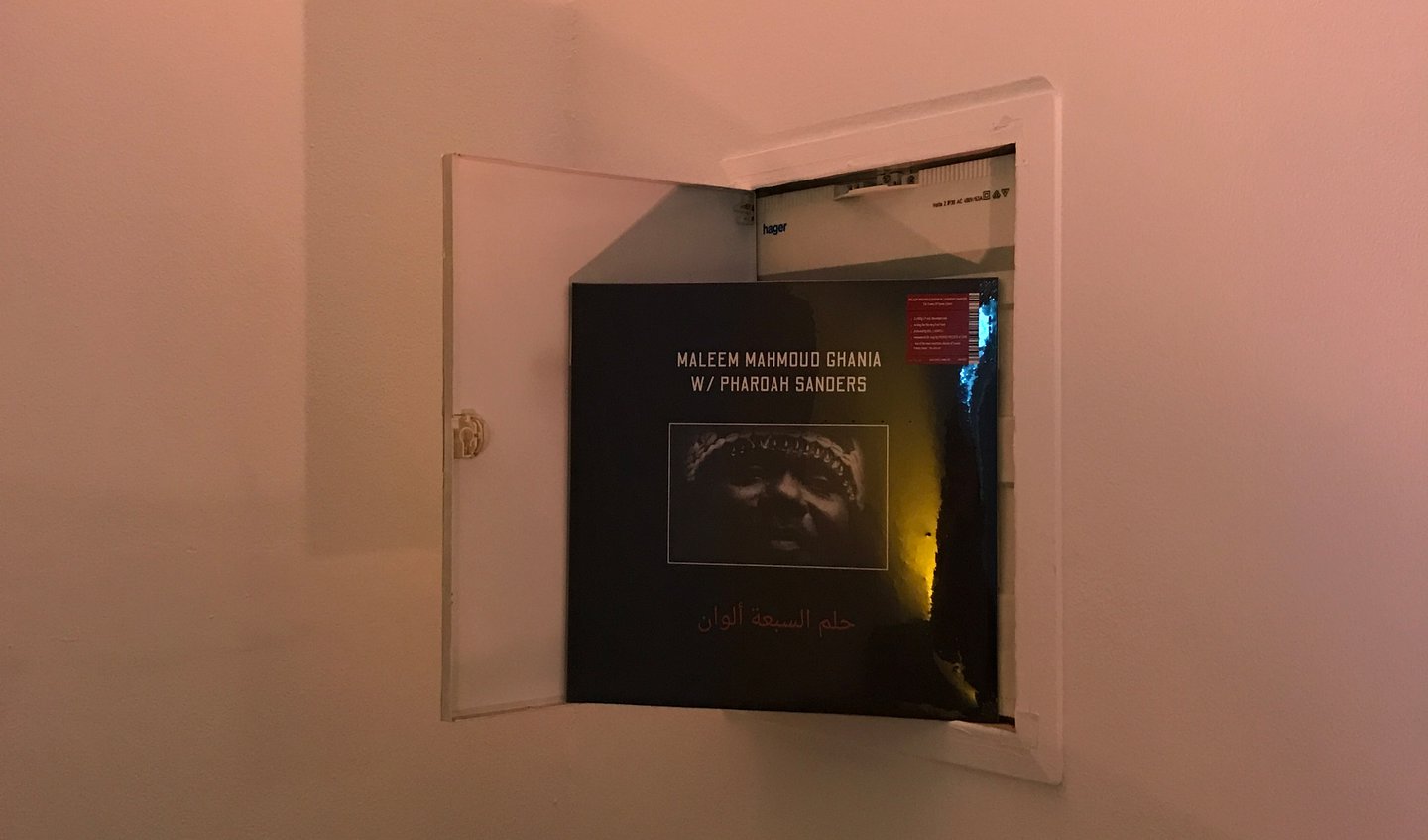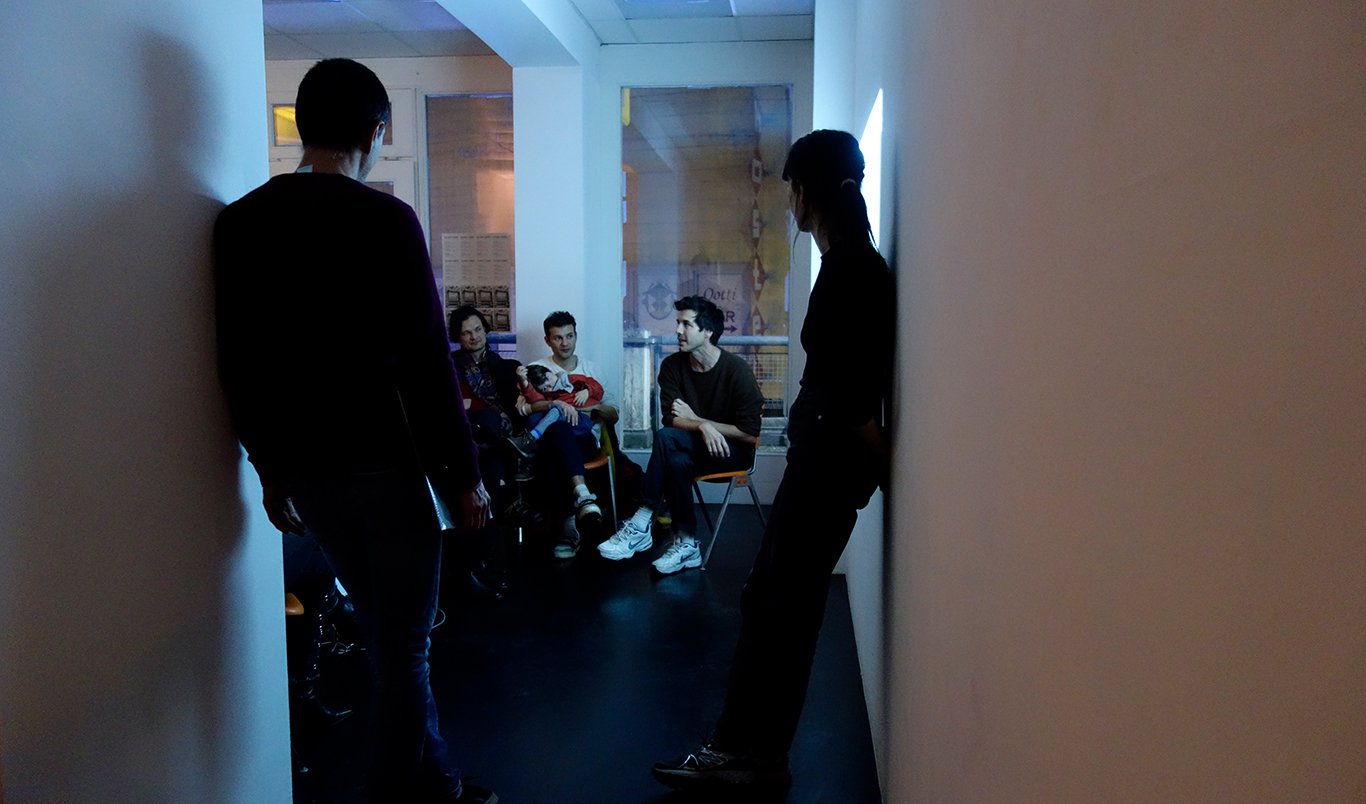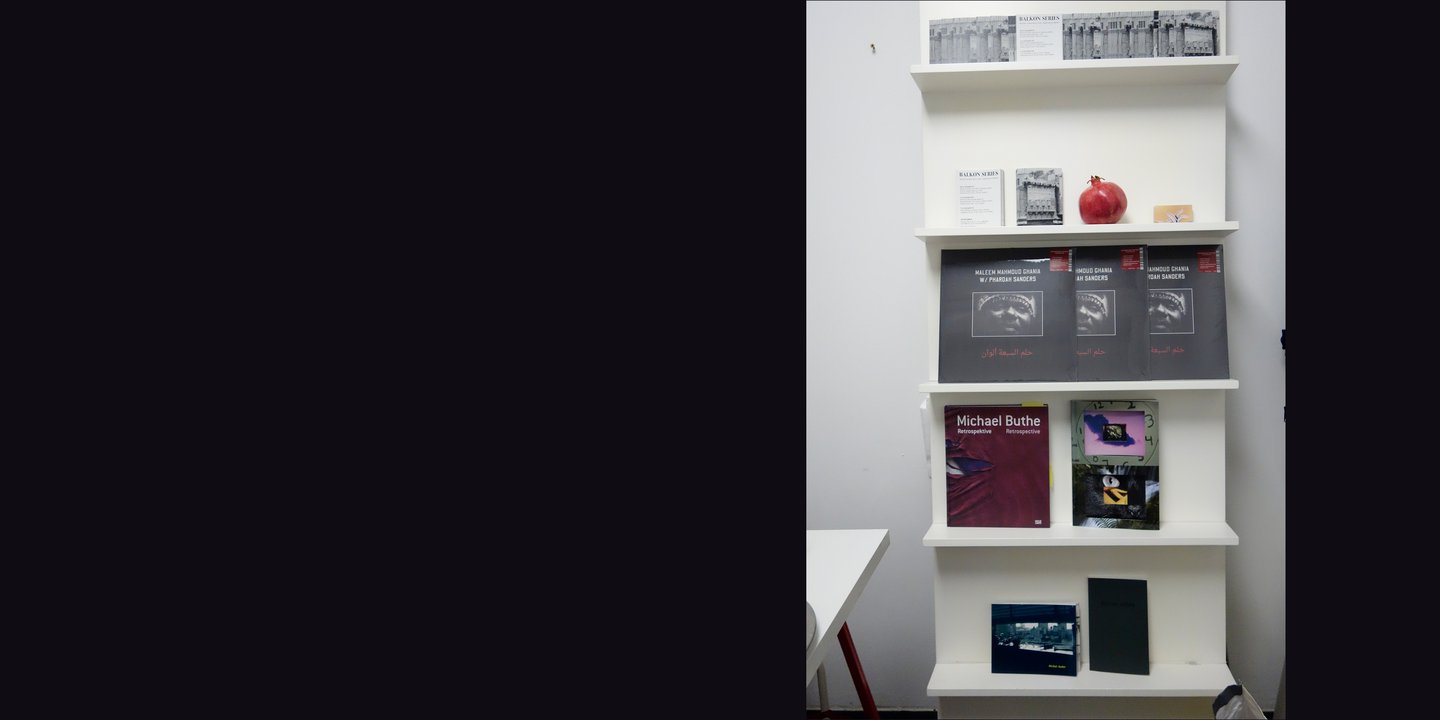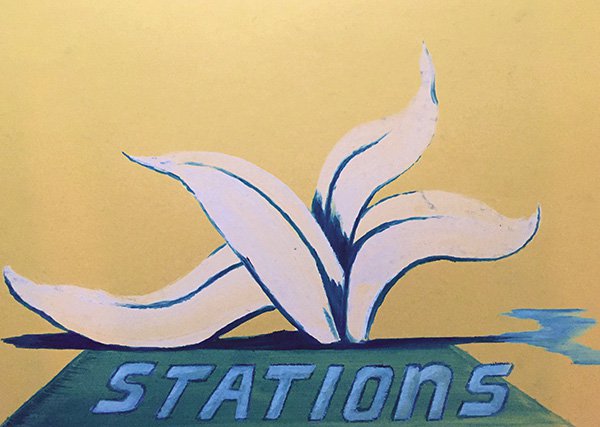– Screening and music –
Michel Auder
Michael Buthe, 1971
edited 1999, 1/2" reel to reel video, to digital video SD, black and white, sound
19:02 min.
With an introduction by Dominikus Müller
In the early 60s, French artist Michel Auder (born 1945 in Soissons, lives and works in New York) dropped out of school and went to New York. Inspired by French New Wave cinema yet intent to create his own cinematic language, he started experimenting with 8 and 16 mm cameras.
In 1971, Auder, who by then was living at the Chelsea Hotel, went on a trip to Morocco together with his partner, ‘Factory girl’ Viva, and their young daughter. As tensions arose between them, Viva left and Auder ended up spending 8 months in Morocco. Several films – or chronicles as he would title some of them – emerged from the footage Auder shot in Morocco and later edited into different versions and narratives.
A combination of diary and travelogue, the films offer a glimpse of Morocco in the 70s, of its scenery and locals. Auder's subjective filming style and editing convey the rawness of the moment and sometimes a hidden lyrical intention. Everything is image: village, caravans, walls, eggs, hashish, ocean, Europeans, Moroccans, Bedouins, Americans… and sound: conversations fleetingly caught on camera, the brawl of the desert winds, the ritualistic singing and drumming of Moroccan men.
The film Michael Buthe, shot in 1971, but edited and digitized decades later, is part of these chronicles, rendering a lighthearted portrait of the German artist while walking in a public square with his young Moroccan lover, working on his art, and watching ritualistic dances. Buthe was particularly fascinated by the Gnawa rituals in the seaport of Essaouira where the film was shot. His impressions and experiences of his Morocco trips were substantial to his work. Inevitably, through the lens of the present, the film also hints at the complex colonial relations and at the Westerner's role as a traveler in that economy.
In Auder’s film Michael Buthe we get an impression of Moroccan ritual dancing and singing. Particularly the healing rituals of the Gnawa, a black West African minority in Morocco, left an important footprint on Moroccan traditions despite having been overlooked and their importance minimized by historiography and research until recently.
Image: video still from Michael Buthe © Michel Auder
Courtesy: Michel Auder and Galleria Fonti, Naples
Zehra Records
The Trance of Seven Colors by Maleem Mahmoud Ghania w/ Pharoah Sanders
Originally released in 1994 on Bill Laswell's Axiom imprint, The Trance Of Seven Colors is the meeting of two musical masters: Maleem Mahmoud Ghania (1951–2015), son of the master of Gnawa music Maleem Boubker Ghania and the famous clairvoyant and "moqaddema" A'Isha Qabral. Mahmoud learned this craft as a youth along with his brothers, walking from village to village, performing ceremonies with his father Boubker and was one of the few masters (Maleem) who continued to practice the Gnawa tradition strictly for healing. The central ritual of the Gnawa is the trance music ceremony – with the purpose of healing or purification of the participants. With 30 cassette releases of music from the Gnawa repertoire with his own ensemble and performances at every major festival in Morocco, including performing for the King in various contexts, Mahmoud Ghania was also one of Morocco's most prominent professional musicians.
In 1994, Bill Laswell and Pharoah Sanders went to Mocrocco, equipped with just some mobile recording devices, to record Ghania and a large ensemble of musicians (to a good part family members) in a very intimate set up in a private house with the legendary free jazz musician contributing his distinctive tenor saxophone sounds. The aptly titled The Trance of Seven Colors is 25 years after its original CD release finally available on vinyl!
Zehra Records is a Berlin-based label, founded and run by Serkan Şanlı and Thomas Herbst.
The Trance of Seven Colors is produced by Bill Laswell
Remastered for vinyl + vinyl cut by Rashad Becker at D&M, Berlin
